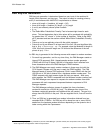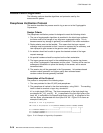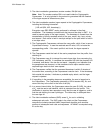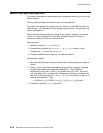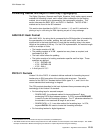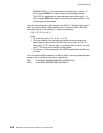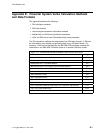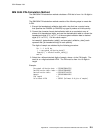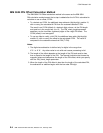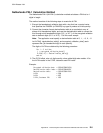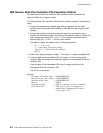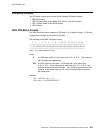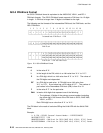CCA Release 2.54
IBM 3624 PIN-Calculation Method
The IBM 3624 PIN-calculation method calculates a PIN that is from 4 to 16 digits in
length.
The IBM 3624 PIN-calculation method consists of the following steps to create the
A-PIN:
1. Encrypt the hexadecimal validation data with a key that has a control vector
that specifies the PINGEN (or PINVER) key type to produce a 64-bit quantity.
2. Convert the character format decimalization table to an equivalent array of
sixteen 4-bit hexadecimal digits, and use the decimalization table to convert the
hexadecimal digits (X'0' to X'F') of the encrypted validation data to decimal
digits (X'0' to X'9'). Call this result newpin.
Let newpin(i), decimalization_table(i), and encrypted_validation_data(i) each
represent the (i)th hexadecimal digit in each quantity.
The digits of newpin are obtained by the following procedure:
For i = 1 to 16 do:
j := encrypted_validation_data(i)
newpin(i) := decimalization_table(j)
end do
3. Select the n leftmost decimal digits of newpin, where n is the PIN length. The
result is an n-digit calculated A-PIN. The PIN must be from 4 to 16 digits in
length.
Example:
Encrypted validation data = E5C1BD67B66AE7C6
Decimalization table index = 123456789ABCDEF
Decimalization table = 8351296477461538
Newpin = 3913656466643416
PIN length = 6
Calculated A-PIN = 391365 (leftmost 6 digits of newpin)
Appendix E. Financial System Verbs Calculation Methods and Data Formats E-3



